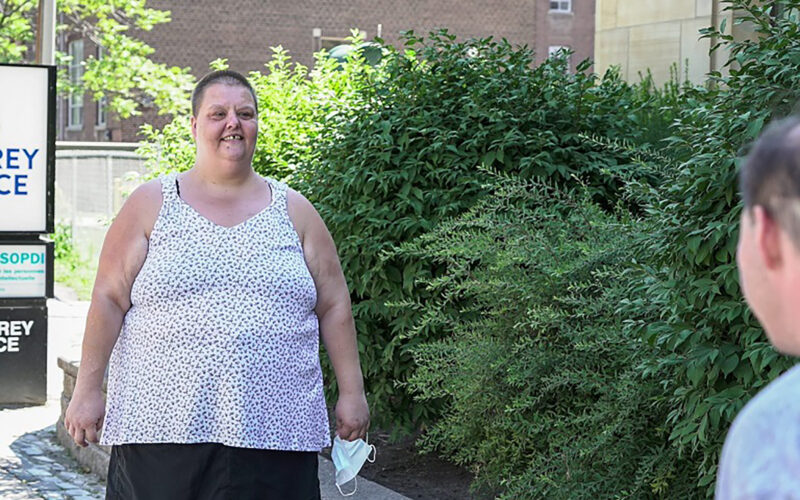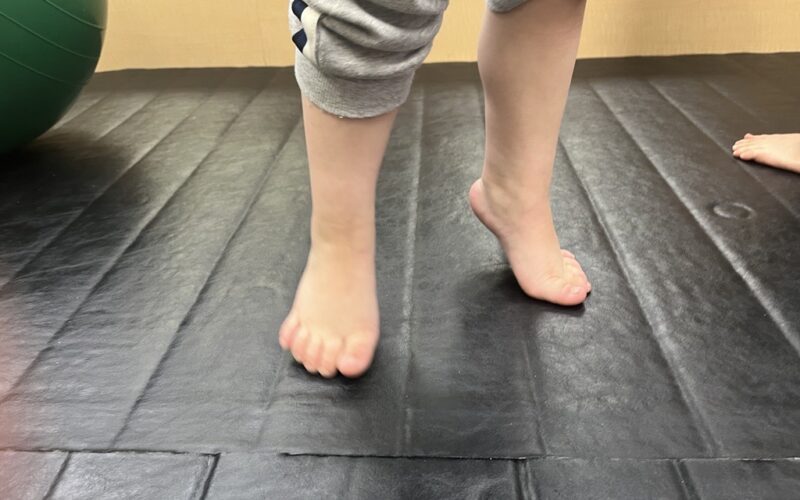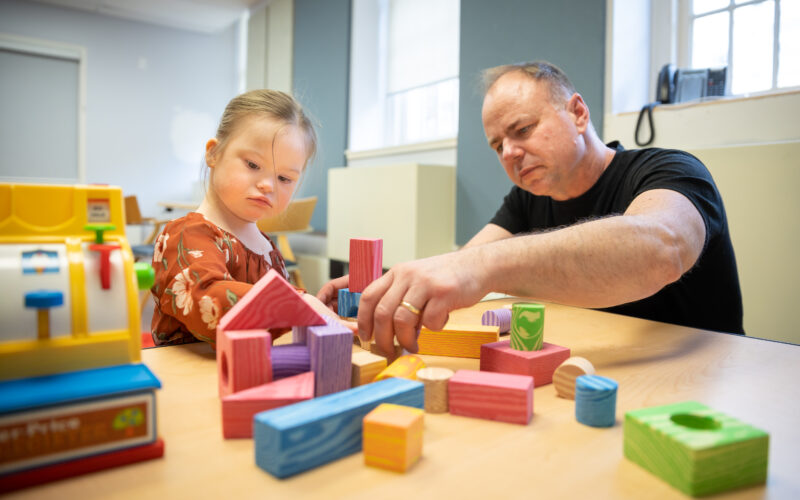Whether you are waiting for a diagnosis, looking for an IBI program, applying for funding or planning for a transition, managing your child’s services can be stressful. Keeping all important documents in one, easily accessible place will help relieve this stress.
FOLLOW THESE TIPS TO STAY ORGANIZED AND FOLLOW THE APPLICATION PROCESS
Keep a service file.
This could be a binder or something similar. Bring it with you whenever you are meeting with anyone about your child. Consider labelling categories such as:
- History; birth history, developmental milestones, interests, sleep patterns, behaviour logs, etc.
- Assessments
- Medical
- Financial
- School
Keep a log of contact information and agencies that you are involved with.
Information to include:
- Primary contact person; name, phone number, email, position.
- The date the referral was made.
- Dates of contact; include phone calls, emails, and visits made. It’s important to include who you spoke to, the date and time and what you talked about.
You may be on the waitlist. Note the referral that the date was made.
- Call occasionally to check on your status (write down information in your contact log)
- Contact the agency if something changes with your situation such as: a move, a stressful event, etc.)
You can decide to have private services.
- This means you need to pay. Do your research about your options.
- You can interview different services and people and make your own decision.
- Charitable foundations may support funding. Workplace benefits/insurance policies may also provide some coverage for private services.
If you want a specific service of program, you need to check the following to help speed up the process.
- Does this service have a deadline?
- Is there certain criteria that I need to have to enroll?
- Do I need a referral or doctor’s note?
Parents need to keep original documents.
Many agencies request copies of assessments and reports to help determine services. It may be useful, and quicker, to give an extra copy than having agencies request them from other agencies.
- Make sure the date is on all reports.
- Make photocopies of all assessments, reports and recommendations.
- Sign consent for an agency to have a copy of your child personal information.
Keep any receipts for items directly related to your child’s needs.
You may be able to use receipts for certain grants, government funding options, taxes and insurance purposes.


